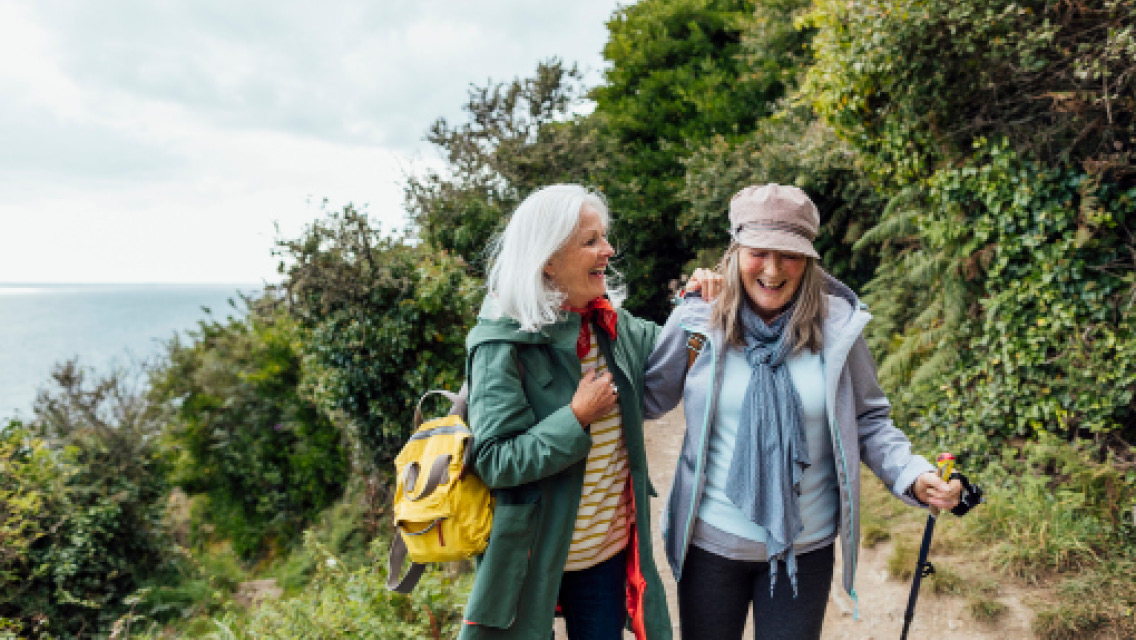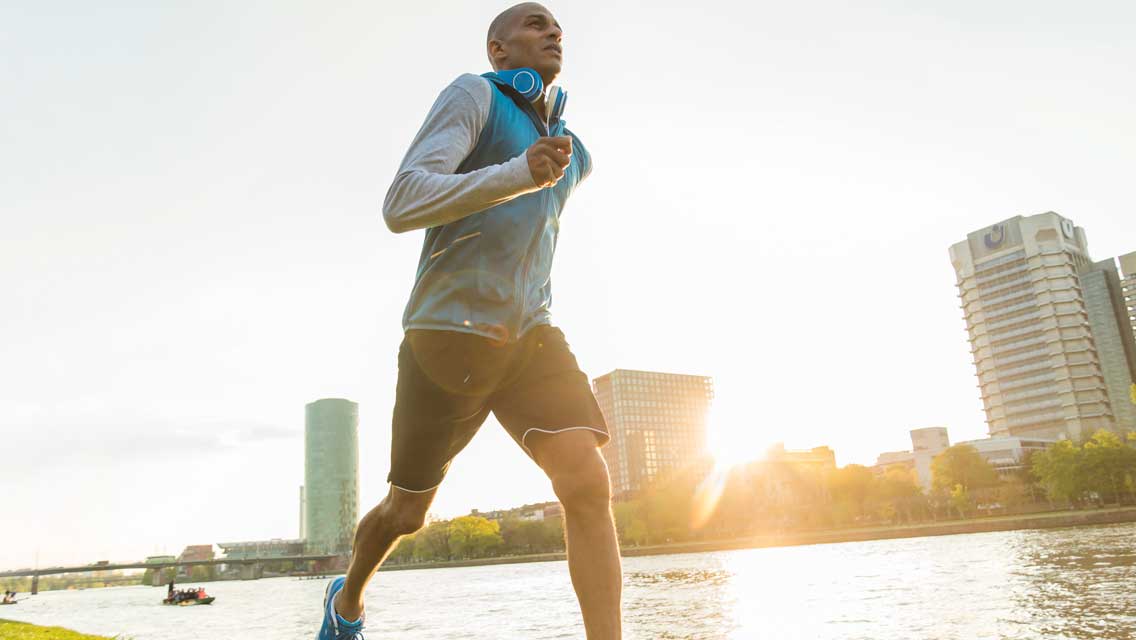Research has well documented the tendency of older folks to take a tumble: By some estimates, about one in four American seniors fall each year, often landing in emergency rooms for treatment and nursing homes for recovery. Geriatricians and general practitioners have long cautioned their elderly patients to watch their step, but a trio of studies I stumbled upon last week could help these healthcare providers identify those who may be more likely to fall — and help them rise again after they topple.
The least surprising of these reports focused on parsing the various signs of frailty — weakness, slowness, exhaustion, low physical activity, and unintentional weight loss — and identifying the one most likely to increase the risk of falling. Researchers at Taiwan’s National Defense Medical Center reviewed data from 375 older participants in a fall-prevention program and found that seniors who had shed weight unintentionally were most likely to tumble, probably because they were most likely to be malnourished, chronically ill, and weak.
Researchers at Taiwan’s National Defense Medical Center reviewed data from 375 older participants in a fall-prevention program and found that seniors who had shed weight unintentionally were most likely to tumble, probably because they were most likely to be malnourished, chronically ill, and weak.
The findings, published in the journal Aging, suggest that healthcare providers look beyond general frailty in their patients and screen them more specifically for its particular indicators. If unintentional weight loss is the culprit, they could then prescribe nutritional support, physical activity, and weight monitoring as preventive measures.
A Stanford University research team, led by Jiaen Wu, PhD, set out to try a different type of screening, one that would identify glitches in someone’s gait well before they reach the age when a tumble could become more troubling. Recruiting 10 healthy volunteers between the ages of 24 and 31, the researchers harnessed each of them around the front, back, and sides of their waist and filmed them as they walked on a treadmill to detect the predictability of their foot placement and the lateral movement of their body.
Using that data as a baseline for each participant’s movement patterns, researchers then asked the volunteers to climb onto the treadmill three more times. But during these walks, each of them wore a piece of equipment designed to simulate the rigors of ambling at an advanced age: first, an ankle brace to restrict movement; then an eye-blocking mask to reduce sensory information; and finally pneumatic jets attached to their ankles that ejected bursts of highly pressurized air to challenge their balance as they walked.
Comparing a study subject’s walking performance as an “old” person against their normal movement patterns, Wu and her team found that three baseline measurements — the difference in step width, the timing of each step, and the placement of their feet with each stride — could predict with 86 percent accuracy their future balance issues.
“One big challenge is that small balance impairment can go unnoticed until someone actually falls,” Wu says. “So we wanted to ask: Can we detect these impairments before someone gets hurt?”
The results of their study, published in the Journal of Experimental Biology, show that healthcare providers could theoretically test the walking patterns of their younger patients and prescribe some sort of mobility-oriented intervention to lower the risk of a glitchy gait leading to a future fall.
Meanwhile, older folks will continue to fall. So Coventry University’s Mathew Hill, PhD, and his team of scientists wondered whether an individual’s psychological makeup could affect their ability to recover from a tumble. “Although we knew from previous research that negative mindsets and beliefs about aging are associated with increased risk of negative health outcomes, such as stroke and mortality, this is the first research linking these specifically to physical recovery after a fall,” Hill explains.
Researchers reviewed psychological profiles and physical reports from a pool of 700 participants between the ages of 60 and 90 who had not fallen prior to the study. They then compared that baseline data with the degree of recovery among those who fell during the following year. Based on post-incident walking speed, ability to handle daily activities, and overall physical activity, the team found that participants who had expressed a more upbeat attitude about aging bounced back more fully than their more pessimistic counterparts — even when accounting for fitness levels, depressive symptoms, and various demographic factors.
Participants who had expressed a more upbeat attitude about aging bounced back more fully than their more pessimistic counterparts — even when accounting for fitness levels, depressive symptoms, and various demographic factors.
The report, published in the Journal of the American Geriatrics Society, falls short of proving a cause-and-effect relationship between recovery and mindset, but as study coauthor Toby Ellmers, PhD, notes, it may offer older adults a tool to perhaps cushion the landing of an unforeseen fall.
“Our results suggest that changing the way that some older people view their aging process could play a key role in improving recovery and well-being,” he says. “It’s even possible that simple tweaks to help people develop a more positive mindset around aging — such as having discussions with a friend or relative about the positives associated with aging — could help.”
I’m a relatively upbeat geezer, so I suppose my own experience following a rather alarming series of falls last summer could offer some validation of this research. I happened to bounce back reasonably well and resumed life pretty much unencumbered by any additional physical liabilities. But I do have to admit that I’m much more mindful these days about keeping my balance. It’s hard to remain upbeat when you’re picking yourself up off the floor.





This Post Has 0 Comments